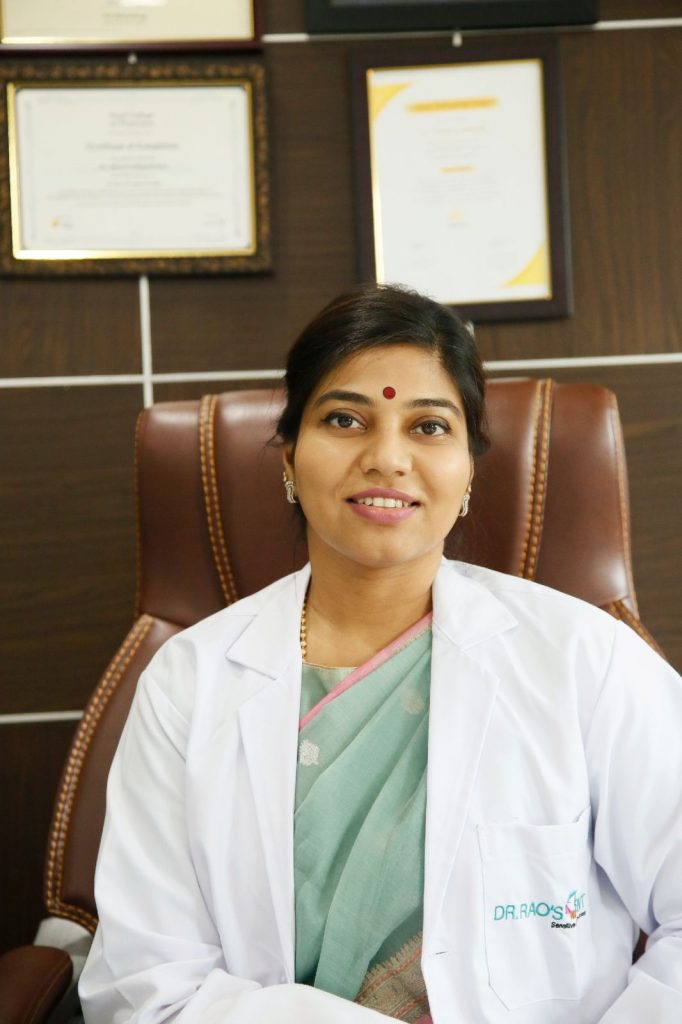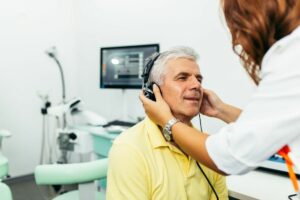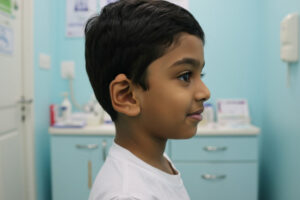Earphones and earbuds are now part of everyday life. Whether it’s listening to music, taking work calls, or helping children attend online classes, we use them across all age groups, and that too, for hours at a stretch! While these devices offer convenience, their prolonged or improper use can quietly harm our hearing health.
By going through this article, you can better understand some of the common mistakes we make with earphone use, often without even realising it. This will help you, or someone you care about, protect their hearing before problems arise.
Why Does This Matter Today?
With smartphones and portable devices everywhere, personal audio use has increased dramatically. The World Health Organization estimates that nearly a billion young people are at risk of hearing loss from unsafe listening habits. And it’s not just teenagers! Adults and even children are using earbuds for extended periods, often at volumes that put their ears at risk.
This is a concern I see in practice often. Patients come in with ear discomfort, ringing, or subtle hearing changes that can often be traced back to long hours of earbud use.
What Happens When We Use Earbuds for Hours?
Our inner ears contain tiny hair-like structures called cilia. These help convert sound waves into signals the brain can understand. But loud sound, especially over time can damage these fragile structures. When this happens, it leads to temporary or even permanent hearing loss.
Since earbuds are positioned closer to the ear canal, they transmit sound directly and at a closer range than over-the-ear headphones. This makes the risk greater if the volume is too high or if they’re used for long stretches without breaks.
There’s also the matter of ear hygiene. Earbuds can trap warmth and moisture, creating an ideal environment for bacterial or fungal infections. Gradually, this can cause irritation, excess wax buildup, or infections like otitis externa (commonly known as swimmer’s ear).
Will this affect my child’s hearing?
No. And this is the first thing I reassure parents about.
The hearing mechanism inside the ear is usually completely normal.
But there are practical issues. Kids might struggle with putting on glasses. A mask might not sit right. Helmets may feel uncomfortable. These may sound like small things, but they add up in daily life.
Red Flags to Watch Out For
Hearing damage from noise often develops slowly, which means it’s easy to miss the early signs. Some symptoms to look out for include:
- Difficulty hearing in noisy environments
- Needing to increase the volume on your phone or TV
- A constant ringing or buzzing in the ears (tinnitus)
- Ear discomfort, itching, or discharge
- Pain that extends to the jaw or side of the head
- Dizziness or a sense of fullness in the ears
- Fatigue, trouble concentrating, or poor sleep after long hours of earbud use
Even children may show early signs, such as frequently asking “What?” during conversations or turning up the volume on devices beyond what others find comfortable.
So How Much Is Too Much?
As a rule of thumb, sound levels under 70 dBA (decibels) are considered safe for long-term exposure. But most devices can go well beyond that : some as high as 120 dBA, which is enough to cause damage within minutes.
I often share the 60/60 rule with my patients as a simple way to listen safely:
- Keep volume at no more than 60% of the device’s maximum
- Limit listening to 60 minutes at a stretch
Remember: every 3 dB increase above 85 dBA cuts your safe exposure time in half!
What You Can Do to Protect Your Ears
Good habits can go a long way in preserving your hearing:
- Keep the volume in check. Most smartphones allow you to set a volume limit.
- Use noise-canceling headphones. These let you hear clearly at lower volumes, especially in noisy environments.
- Take listening breaks. Give your ears time to rest and recover.
- Avoid sharing earbuds. This reduces the spread of bacteria and risk of infection.
- Clean your earphones regularly. Wipe them down with a soft cloth and avoid moisture buildup.
- Choose the right type. Over-the-ear models and silicone-tipped earbuds may reduce direct pressure on the ear canal.
- Be aware of your surroundings. If you find yourself turning the volume up just to hear over outside noise, it’s a sign to pause.
Schedule regular hearing checks. Especially if you’re using earbuds daily or notice changes in your hearing.
It Starts With Awareness
At our clinic, we are seeing more patients across all ages, experiencing hearing issues linked to prolonged earphone use. Many are surprised to learn that their everyday listening habits, such as tuning in to music or taking calls, could be affecting their ear health.
The earlier we catch hearing changes, the better the outcome. If left unaddressed, hearing loss can impact not just how we communicate but also how we think, feel, and connect with the world around us.
Our goal is to help people become more aware, encourage safer listening habits, and provide the right care when it is needed, especially for children and individuals with existing hearing challenges.
In a world where we’re constantly plugged in, our ears deserve just a little more care!
In short, earphones are not the enemy. Like all tools, how we use them makes the difference. Small changes like lowering the volume, limiting usage, and keeping devices clean can help prevent bigger issues later.
You're not alone. We’re here to help.
If you or your child are experiencing ear discomfort, hearing changes, or simply want to make sure your habits are safe, we’re here to help. Dr. Shree Rao and her team are committed to offering compassionate care, especially for children, hearing loss patients, and those seeking advanced solutions like cochlear implants. Book an appointment today to take the first step towards better hearing health!






